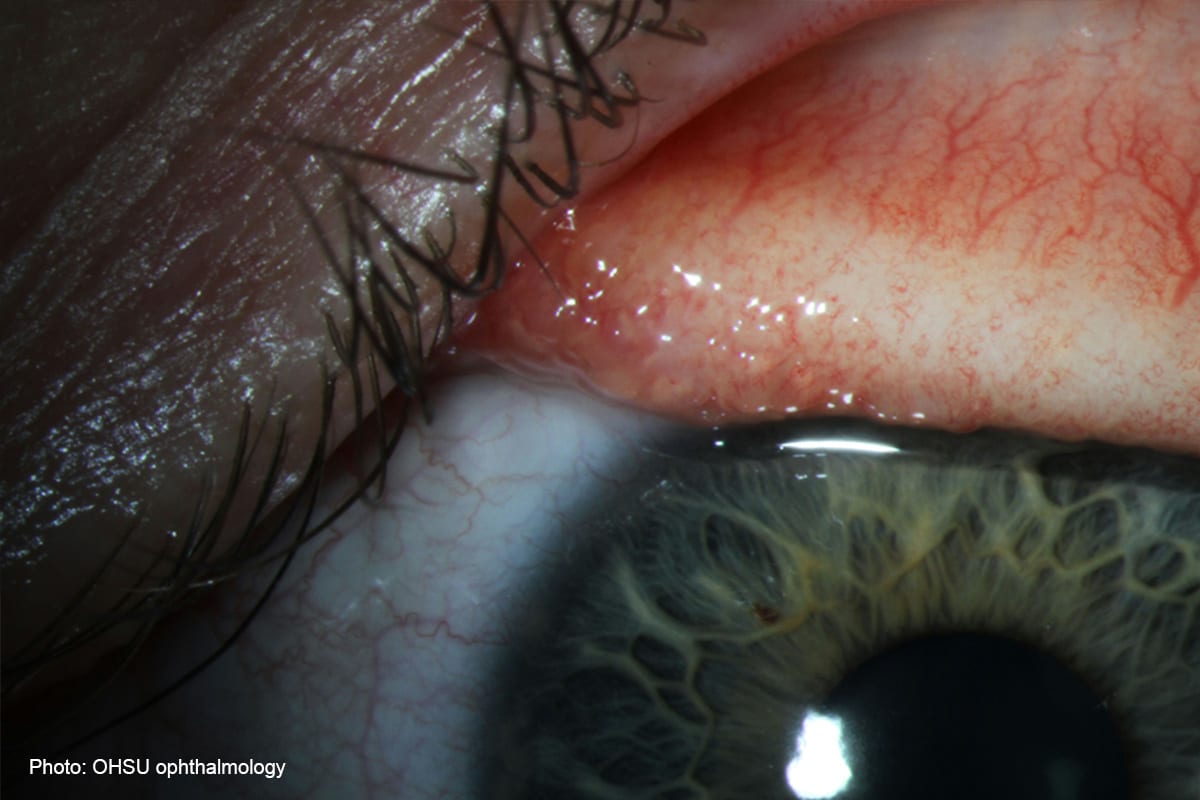Using the “Ick” Factor to Go Beyond It
By Bridget DeSimone, March 1, 2018

It’s a gripping, skin-crawl-inducing tale that no one wants to think about. Some can’t even bear to listen.
A 26-year-old Oregon woman named Abby Beckley had 14 tiny worms pulled from her left eye last August. That’s after she discovered them swimming across her eyeball. Beckley made history by becoming the first human reported to have contracted a type of eye worm—Thelazia gulosa—only seen before in cattle in the northern United States and southern Canada.
The story of this young lady’s unfortunate contraction of a very rare parasitic infection, published in the American Journal of Tropical Medicine and Hygiene, went viral.
The term “eyeworms” trended on Twitter. It was the top story on Google News’ health section. CNN alerted its mobile device news subscribers with this headline:

NPR’s Goats and Soda assembled a Dr. Seuss-style poem crafted from poems submitted by their Facebook followers. Top outlets covered it: People magazine, TIME, Fox News, CBS News, Science News, National Geographic…the list goes on.
At first glance, this may seem like just one story of one disease affecting one person. But look again. This story drew in people who probably rarely think about reducing the worldwide burden of tropical infectious diseases, improving global health and advancing research in these areas.
Which brings me to the interesting and powerful backstory about this research.
Several of the worms from the Abby Beckley’s case were sent to the CDC’s parasitic disease reference laboratory, where the research team (which published this report) examined and identified them as cattle eye worms, which are spread by a type of fly known as face flies.
“We immediately thought it could be Thelazia californiensis because that is the only species that was known to infect humans in the US,” said CDC parasitologist Richard Bradbury. “It was only after we looked more carefully that we realized some differences in anatomy that meant it could not be T. californiensis. We had to go back to papers published in German back in 1928 to help identify this worm as Thelazia gulosa.”
This discovery might never have happened had it not been for the work being done by the CDC’s parasitic diseases researchers and their reference librarians.
“This case report underscores the importance of the public health work done by CDC’s parasitic diseases reference laboratory in diagnosing parasitic diseases in the United States and around the world,” said ASTMH President Regina Rabinovich, MD, MPH. “Their depth of expertise is unmatched and invaluable in the fight against parasitic diseases.”
The recent 2019 budget plan released from the White House proposes deep cuts to the CDC centers covering the areas of global health and emerging and zoonotic infectious diseases. Even though these types of diseases may be rare in the US, many diseases formerly unheard of in the US have made their way here—think Ebola and Zika. They will keep coming, and we need to protect the history and expertise we have at the CDC to deal with them.
The story of Abby Beckley’s eye worms demonstrates the power of the “ick” factor, to be sure, but it also shows that one story can draw people in and open them up to the deeper issues that matter to your organization.

